DJI Calls for Reevaluation of FAA’s Remote ID Proposal
Key Takeaways:
- DJI has formally requested the FAA to reconsider its Remote ID rule, advocating for more flexible compliance options for drone operators.
- An independent analysis suggests that the FAA’s cost estimates for the Remote ID proposal may be significantly undervalued—by a factor of nine.
- The feedback from DJI is part of a broader discourse involving over 51,000 public comments aiming for a balanced approach to drone regulation.
On March 3, 2020, DJI, a leading name in civilian drone and aerial imaging technology, submitted an extensive 89-page formal comment to the U.S. Federal Aviation Administration (FAA). This comment emphasizes the need to provide drone pilots with the choice of Remote Identification (Remote ID) methods to better manage costs and simplify compliance. DJI’s stance could ultimately reshape the regulatory landscape for drone operations in the United States.
In conjunction with its submission, DJI included an independent economic analysis conducted by Dr. Christian Dippon, Managing Director of NERA Economic Consulting. This study offers a critical assessment of the FAA’s projected costs related to the Remote ID framework. The analysis determined that the financial burden of the proposed rule would reach around $5.6 billion over the next decade—an astonishing nine times higher than the FAA’s initial estimate of $582 million. The findings suggest that allowing drone operators to choose between multiple compliance pathways could alleviate many associated costs.
Dr. Dippon’s report further indicates that the average monthly expense for drone users tied to a proposed Remote ID network-based service could be as high as $9.83, contrasting sharply with the FAA’s $2.50 prediction. Additionally, the analysis anticipates a potential 10% decline in drone usage if the FAA’s current proposals become regulation as written.
Brendan Schulman, DJI’s Vice President of Policy & Legal Affairs, expressed concerns over the FAA’s proposal, noting, “The deeply flawed proposal poses a real threat to how American businesses, governments, educators, photographers, and enthusiasts can use drones.” DJI hopes that its comprehensive economic analysis, alongside numerous other stakeholder comments, will inspire the FAA to revise the current proposal, promoting a carefully considered and efficient Remote ID rule that protects the interests of all involved.
DJI’s commentary was among a powerful wave of 51,000 submissions that came in ahead of the FAA’s March 2 deadline. These perspectives are crucial as they underscore a community eager for fair and rational regulations while encouraging seamless integration of drones into U.S. airspace.
The Remote ID system itself is designed to allow authorities to identify and monitor drones in real-time, offering information about the drone’s location and the owner’s serial number. The FAA, responding to Congressional mandates from 2016, has contemplated various regulatory paths. Last year, it proposed that nearly all drones transmit this information directly to nearby receivers and database service providers. This two-pronged approach—broadcasting to receivers and network communication—has drawn pushback from DJI and other drone industry stakeholders, who argue for greater flexibility in compliance solutions.
In a demonstration of innovative potential, DJI recently showcased its “Drone-to-Phone” broadcast Remote ID solution, which utilizes a non-proprietary industry standard to relay Remote ID information directly to widely used smartphones without imposing additional costs on drone operators. This alternative could provide a more economical and user-friendly framework than that proposed by the FAA.
DJI’s feedback elaborates on various points made previously, outlining risks inherent in the FAA’s current proposal. The company argues that the bureaucratic complexities may hinder those who have responsibly operated drones for years, thus negatively impacting technological progress that can greatly benefit society as a whole.
With these developments unfolding, all eyes are now on the FAA as it navigates the feedback from DJI and thousands of others. The ambition remains clear: the goal is to foster an environment that endorses innovation while ensuring public safety in the ever-expanding world of drone technology.


